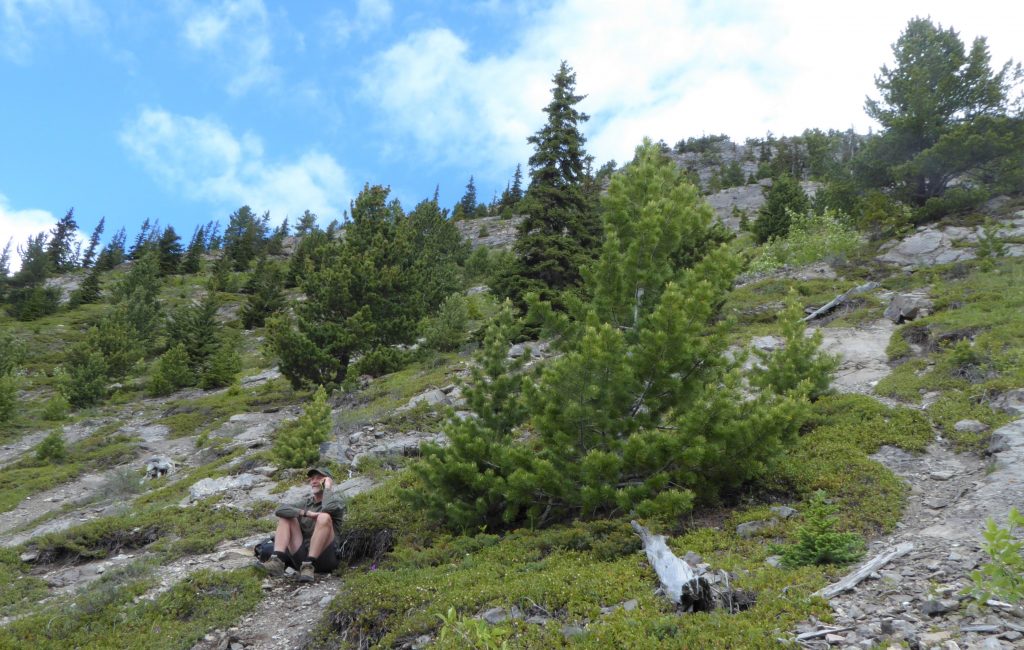This is a recap of our program from February 22, 2022. For those of you who missed it, don’t sweat—we recorded the session! You will just need to sign-in to view our recording for now. This is so we have an idea of whether we are getting views from BVN members or new individuals. We promise we won’t be sending any spam emails!
SUMMARY
During this presentation Cyndi and Brenda discussed these pines’ ecological role and threats, but also the monitoring and restoration activities that are being undertaken to keep these two iconic species on the landscape.
Why talk about whitebark and limber pine? Because they’re cool. And they have a fascinating life history. And they play an outsized ecological role in our mountains. Their large, nutritious seeds are food for many animals, from red squirrels to grizzly bears, and they have a mutual relationship with Clark’s nutcrackers. They retain snowpack at high elevations and thus lengthen the snowmelt period. They are kickstarter species after range-wide and local disturbances, such as forest fire, particularly at harsh treeline sites.
But both species are declining due to mortality from an introduced fungus, white pine blister rust, and from attack by native mountain pine beetle. Fire is both friend and foe; it kills off competing conifers, but whitebark and limber Pine can also be killed by large, stand-replacing wildfire. And on top of all that, climate change interacts negatively with the other threats. Whitebark and Limber Pine are both legally listed as endangered in Alberta, and whitebark pine is legally listed federally under the Species at Risk Act, while the federal listing of limber pine has been pending for almost a decade.


GUEST SPEAKERS
Cyndi Smith worked for Parks Canada from 1980 until her retirement in 2012. During her long career she worked in one national historic site and five national parks in western and northern Canada, in roles as diverse as interpretation, law enforcement, backcountry patrol and resource management. Cyndi studied wildlife biology at the Northern Alberta Institute of Technology, the University of Waterloo, and Simon Fraser University. Cyndi has been involved in whitebark and limber pine research, restoration and monitoring since 2001, when she moved to Waterton Lakes National Park. She was a member of the Alberta species at risk recovery team for both species. Cyndi served on the board of directors of the Whitebark Pine Ecosystem Foundation from 2003-2018, and continues to help on various committees. She also volunteers on whitebark and limber pine projects with Parks Canada.
Brenda Shepherd is a Conservation Biologist for Jasper National Park and she leads a small team of biologists who carry out their long-term ecological monitoring program and endangered species recovery. Her background is with birds, and she was drawn in by whitebark pine in 2003 when Cyndi led a project to install whitebark and limber pine monitoring plots across the Canadian Rocky Mountain national parks. Since that time Parks Canada has continued to monitor the plots every five years, and we now have a robust recovery program that includes stand surveys, cone collection, resistance testing, candidate tree protection, seedling planting, prescribed fire, and mechanical thinning.